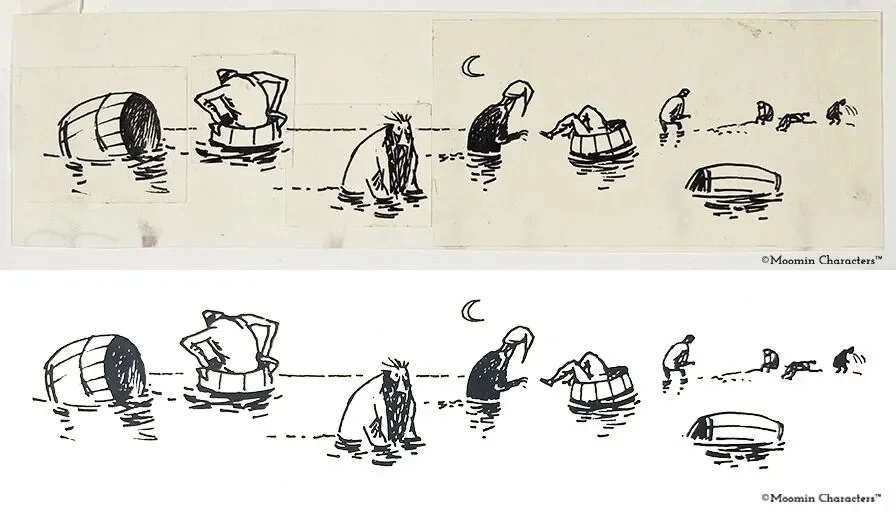Why Barrels? From Niagara Falls Daredevils to Tolkien’sHobbit
Why Barrels? The Strange Tradition of Going Over Niagara Falls in a Wooden Cask
When people think of Niagara daredevils, one image almost always comes to mind: a lone figure sealed inside a barrel, hurtling over the brink of the Falls. But why a barrel? Out of all the contraptions in the world, why did history’s first thrill-seekers choose something as crude and ordinary as a wooden cask?
The answer lies in a mix of practicality, folklore, and sheer imagination.
A Ready-Made Vessel
In the 1800s, barrels were everywhere. They carried food, whiskey, nails, flour—anything that could be packed and shipped. Barrels were tough, buoyant, and designed to withstand hard knocks. Sailors in shipwrecks sometimes clung to them to survive. Mill workers knew them as lifeboats of last resort on rushing rivers. So when people began dreaming of conquering Niagara, a barrel wasn’t a strange idea at all. It was a ready-made vessel.
By 1901, Niagara’s daredevil lore was well established — and Martha E. Wagenfuhrer of Buffalo made history as the first woman to brave the Whirlpool Rapids in a barrel.
Folklore in Wood and Iron Hoops
Barrels also carried a symbolic weight. They showed up in old sailor stories, in tales of wreckage and survival. By the late 19th century, Niagara had become a stage for spectacle — a place where daredevils proved themselves against nature. Annie Edson Taylor, the first person to survive going over the Falls in 1901, looked at a barrel and saw possibility: strong enough to hold her, simple enough to build, familiar enough that people understood the risk.
From Niagara to Middle-earth
The barrel became so iconic that it escaped Niagara’s gorge and entered the realm of myth. J.R.R. Tolkien used it in The Hobbit, where Bilbo and the dwarves escape by floating down a river in barrels. The image worked because it was already global folklore — ordinary containers turned into extraordinary vessels of survival.
Tove Jansson, the Finnish artist best known as the creator of the Moomins, was also commissioned in the 1960s to illustrate J.R.R. Tolkien’s The Hobbit, producing a series of whimsical, dreamlike images that reimagined Middle-earth with her distinctive Nordic style.
Why Barrels?
Because barrels were sturdy, buoyant, and everywhere. Because they symbolized the thin line between survival and disaster. And because nothing looks quite so absurd, or so brave, as a human being trusting their life to a wooden cask against the most powerful river in North America.
At Niagara, the barrel wasn’t just a container. It became a symbol — of madness, of courage, of the human urge to ride the impossible.
⚡ Want to experience the river safely? Forget barrels. Join us on a jet boat and see the Whirlpool Rapids up close — spray on your face, heart in your throat, no wooden cask required.
#NiagaraFalls #BarrelRide #NiagaraHistory #WhirlpoolRapids #ExploreNiagara




